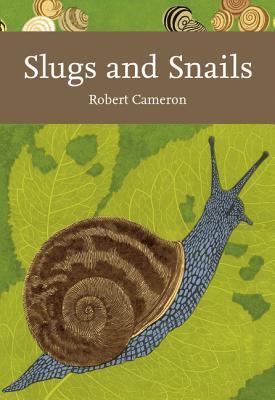
Part of Series
Britain's neglect of fungi as table delicacies has perhaps been responsible for our surprising ignorance of the natural history of such fascinating plants. Puff-balls, more than a foot in diameter; mouls in jam-pots; dry rot; truffles; these are examples of the wide range of the Group, comprising over 100,000 species. Many are of economic importance - for example, the rusts that attack wheat and other crops, and the yeasts which ferment beer - and there are others of great biological interest, such as the mycorrhizal fungi which live in association with the roots of forest trees, orchids and other plants, and help them to absorp food from the soil. Penicillin, of course, has become a household word, and this book's final chapter on the industry is one of the best short accounts of the subject yet writtern. Dr. Ramsbottom was for many years Keeper of Botany at the Natural History Museum, and has devoted his life to the study of fungi in all their aspects. He is equally at home in the field, the laboratory and the library. One of the special features of Mushrooms and Toadstools is the wealth of historical allusion to fungi extracted from old books. Set out in a style reminiscent of Robert Burton, this colume can truly be described as a 20th century "Anatomy of Toadstool." Indeed, in fairy rings, science and superstition have gone hand in hand to produce a lively story of alternating surmise and research - and even today a full and final explanation of these mysterious rings has not yet been made. Many of the larger toadstools are brightly coloured and lend themselves admirably to colour photography, as shown by the 80 remarkable illustrations by Mr Paul de Laszlo.
Author

From wikipedia: John Ramsbottom OBE FLS (15 October 1885 – 14 December 1974) was a British mycologist.[1] John Ramsbottom was born in Manchester. He graduated from Emmanuel College, Cambridge, and joined the staff of the British Museum of Natural History in 1910. From 1917 to 1919, he served in Salonika, Greece, first as a civilian protozoologist, then as captain in the Royal Army Medical Corps.[1] He was appointed a Member of the Order of the British Empire in the 1919 New Year Honours, "for valuable services rendered in connection with Military Operations in Salonika,"[2] and later appointed an Officer of the Order. From 1929 to 1950, he was Keeper of Botany at the British Museum. He served as general secretary and twice as president of the British Mycological Society, and was long editor of its Transactions. He was president of the Quekett Microscopical Club from 1928 to 1931 and was elected an Honorary Member in 1937. He was president of the Linnean Society from 1937 to 1940 and was awarded their Linnean Medal in 1965. Ramsbottom was President of the Society for the History of Natural History from 1943 to 1972. He was made an Honorary Member in 1972. Legacy Dr Ramsbottom made a bequest to the Society in his will and it was decided to utilise this to establish The Ramsbottom Lecture, to be given at the Society's International Meetings, the first being delivered in April 1976. In 1923, W.D. Buckley in Trans. Brit. Mycol. Soc. vol.9 published Ramsbottomia, which is a genus of fungi in the family Pyronemataceae and named in Ramsbottom's honour.[3]


